Ion - Ion Interactions
- Page ID
- 37374
The interactions between ions (ion - ion interactions) are the easiest to understand: like charges repel each other and opposite charges attract. These Coulombic forces operate over relatively long distances in the gas phase. The force depends on the product of the charges (\(Z_1\), \(Z_2\)) divided by the square of the distance of separation (\(d^2\)):
\[F \propto \dfrac{- Z_1Z_2}{d^2} \tag{1}\]
Two oppositely-charged particles flying about in a vacuum will be attracted toward each other, and the force becomes stronger and stronger as they approach until eventually they will stick together and a considerable amount of energy will be required to separate them.
Figure 1: Ion - Ion Interactions in the Gas Phase
They form an ion-pair, a new particle which has a positively-charged area and a negatively-charged area. There are fairly strong interactions between these ion pairs and free ions, so that these the clusters tend to grow, and they will eventually fall out of the gas phase as a liquid or solid (depending on the temperature).
Contributors and Attributions
Gary L Bertrand, Professor of Chemistry, University of Missouri-Rolla


